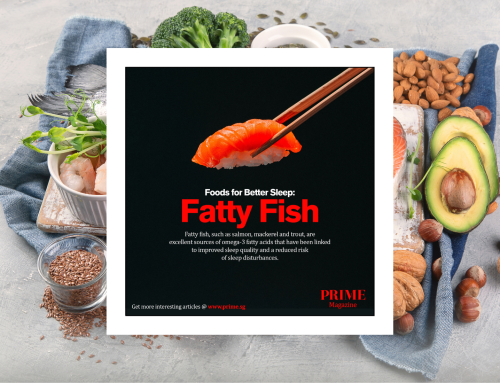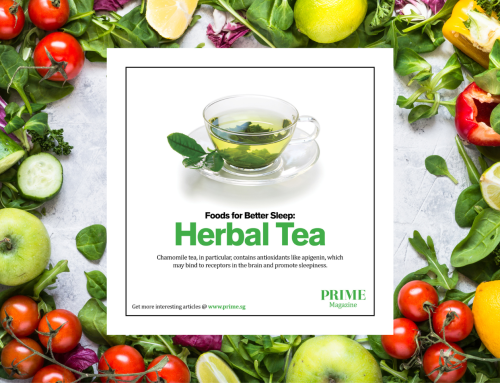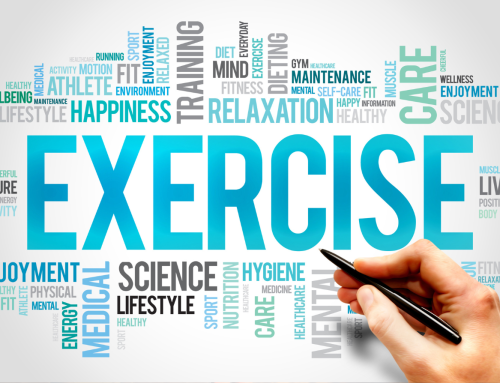Stay active and keep fit in your golden years. We tell you how.
*If you have not been exercising for a period of time, do seek a doctor’s advice before embarking on any form of physical activity.
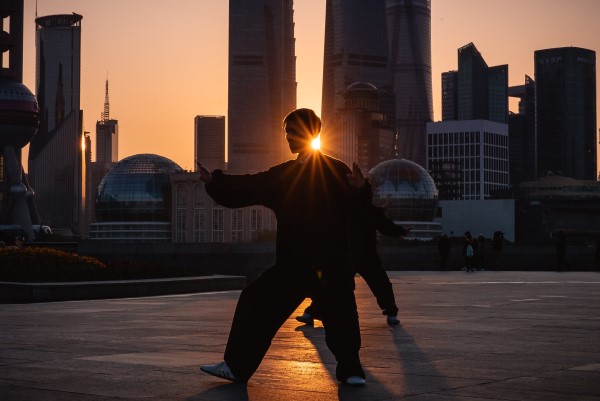
1. Tai Chi
Tai Chi is a form of meditative exercise related to the mind and body. The movements involved are slow and gentle, with a focus on breathing and relaxation. The slow movements flow from pose to pose and help to improve concentration and lower stress and anxiety levels. Tai chi helps to improve balance, which in turn helps to reduce the risk of falls which are common among older persons. *In Singapore, about one-third of older persons aged 60 and above have fallen more than once. Tai Chi may also help to lower blood pressure in seniors. A study in Taipei showed that Tai Chi may decrease blood pressure and improve one’s anxiety status.
You do not need any special equipment to start learning Tai Chi, so if you are just starting an exercise regime and want to start building muscle strength, co-ordination and flexibility, you can considering checking out the Tai Chi classes in the community centres near you or training centres for Tai Chi.
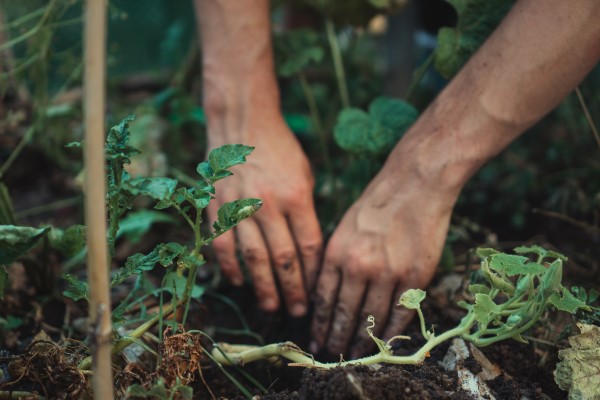
2. Gardening
Get your daily dose of vitamin D while planting! Just 30 minutes of daily gardening will give you sufficient amount of vitamin D which is vital for your health, such as promoting healthy bones. Besides getting your share of moderate-intensity exercise each week, gardening can also be rewarding when you see your beautiful flowers bloom. Gardening is a good form of hand dexterity exercise. Hand dexterity is important for us to perform various daily activities. Using your hands to dig into the ground or to pull weeds can keep your hand muscles agile.
Warm up and stretch before gardening. Try out “Horticulture Therapy” or gardening so to speak and how it can benefit you not just physically, and even mentally as well, by relieving stress and managing anxiety! To avoid injuring your back or knees while gardening, use a gardening stool. Grow plants in raised beds or on a trellis and use tools with long handles so you do not have to stretch.
3. Stretching
As we age, our muscles begin to shrink and tend to lose elasticity. Joint motion is likely to become more restrictive due to changes in tendons and ligaments. Gentle stretching can help to improve your range of motion and joint flexibility. Incorporate a few stretching exercises into your daily routine, to areas such as your neck, shoulders, upper arms and legs.
Stretch slowly to avoid injury and take deep breaths as you stretch, hold it long enough to feel a gentle pull on your muscles.

4. Water aerobics
Water acts as a cushion for your joints and reduces the stress off your muscles and joints. Hence low impact body workouts like water aerobics can allow a greater range of motion with reduced joint pain. Exercising in water can also strengthen your muscles as water provides resistance to movement in all directions. A study on elderly female subjects concluded that aqua aerobic therapy is effective in reducing the risk of falling in older adults.
References:
American Academy of Orthopedic Surgeons
Health Promotion Board
National Institute on Aging
US National Library of Medicine, National Institutes of Health







